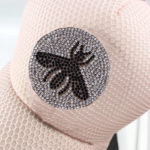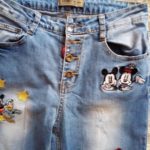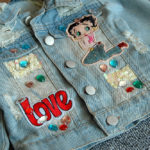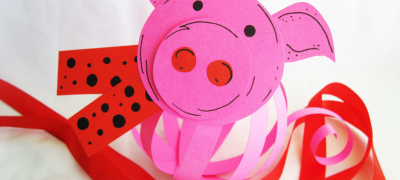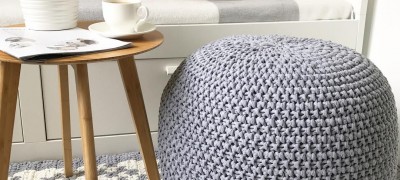Thermal stickers and their use in clothing
Stickers on clothes are a fairly old invention. Previously, with the help of them, they closed the gaps in clothes, that is, in fact, they were a patch. True, even now this function has been preserved for the application. But, in addition to this, thermal stickers have acquired another option for use - they are introduced as a beautiful decor that can transform a thing. How to use such products, and how to fix thermal stickers on clothes, we will tell you in more detail in this article.

What are iron on clothes?
Stickers that can be applied to fabric by heating them, such as with an iron, are called iron-on transfers (or iron-ons). Due to the fact that today technologies, including printing and various adhesives, are intensively developing, the industry offers more and more new opportunities to create pictures on their clothes.

In the overwhelming majority of cases, a special polymer film acts as a base, and the upper part, which forms this or that image, is a wide variety of woven, rubberized or any other materials that have one or another effect.

It is important to realize that you can attach the applique at home to the surface of the product only if it is cotton or some other natural basis that is not afraid of exposure to high temperatures, for example, flax, twill, cotton. In all other cases, it is better not to resort to this method of gluing jewelry. Since this can either turn yellow or deteriorate the woven material of clothing or headgear and it will no longer be possible to correct the imperfections. In this case, it is recommended to transfer the applique with a needle and thread, that is, performing inconspicuous woven stitches.

Today's diverse fashion allows you to stick such a thermal transfer on:
- Jeans.
- T-shirt.
- Summer sundress.
- Baseball cap.
- And even outerwear for winter, for example, down jackets and other sports jackets or casual options.
How can you make a sticker with your own hands?
If there is no such thermal sticker, or you want to make a specific image, then you can make such a product yourself. In order for everything to work out correctly, you must adhere to the following steps:
- Choose the desired ornament or pattern.
- Carefully and accurately cut it along the contour.
- Overlock to prevent gutting.
- Then fix it on the non-woven fabric. Moreover, the formation of 2 layers at once, for double-sided fixation - one part is glued to the picture, the second is then glued to the clothes.
- Then cut out again, but already trimming the non-woven fabric.

True, there is another way - this is printing an image on a printer - easily quickly, but this will require special paper.

How to apply a thermal sticker to clothes
Before you fix the products on your clothes, you need to know exactly what rules and how to stick the thermal sticker on your jacket with an iron or on any other products. By the way, other methods are also suitable, which will be described below.

Iron
To glue with an iron, you need to clearly fix the sticker in the right place, and then:
- Holding with one hand, with the other on top, put sufficiently dense material.
- In doing so, make sure that the correct position does not change.
- Then, with the iron on at medium power, gently apply it over the fabric where the sticker is located.
- There is no need to wait long - otherwise the surface can be damaged. But, at the same time, the lower the temperature of the iron, the longer it needs to be applied.
- It must be clearly understood that movements should be light, sliding, in no case pulling the fabric along. Otherwise, the result will be unsatisfactory.
- Select the holding time depending on the fabric on which the iron-on transfer will be fixed. The fact is that, for example, jeans take a long time to warm up, so you need to fix it here longer so that everything is glued exactly as it should.
- But thin fabrics need to be processed very carefully, firstly, so as not to damage them themselves, and secondly, so that everything does not begin to wrinkle and shrink.

Plastic bag
If the sticker is a three-dimensional picture, then it is not always possible to do everything correctly if you do not follow the instructions:
- If it has plastic tips, for example, in the form of eyes, inside which beads-pupils dangle, the heater must be very careful, and only from the wrong side, so as not to melt the thermoplastic.
- It is imperative to straighten the fabric evenly before fixing the image of the sticker - otherwise it may wrinkle and you will have to throw away the sticker and completely redo everything.
- The movement with the iron must be done only in the form of attachment. Manipulations from side to side or up and down are not suitable here, since in this case the image may shift due to its volume.

a printer
You can print an image using a printer. But for this it is necessary to clearly understand that if it is a text inscription, then it must first be mirrored. Otherwise, it will be unreadable.
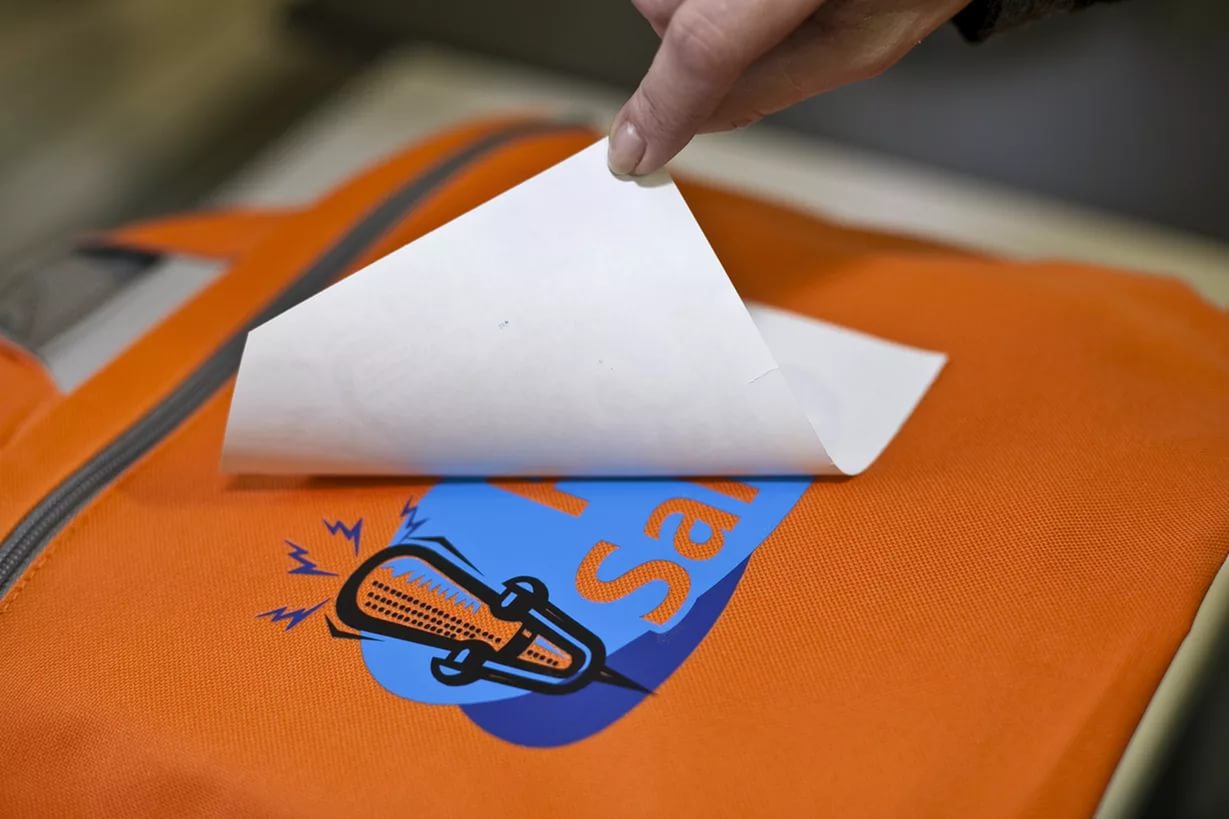
The selected picture is printed on thermal paper for fabrics. It is necessary to understand that there is thermal paper suitable only for dark or light fabrics. Therefore, it is necessary to think over this moment in advance.

Types of iron-on stickers
Considering the entire set of thermal patches, they can be classified according to several indicators.
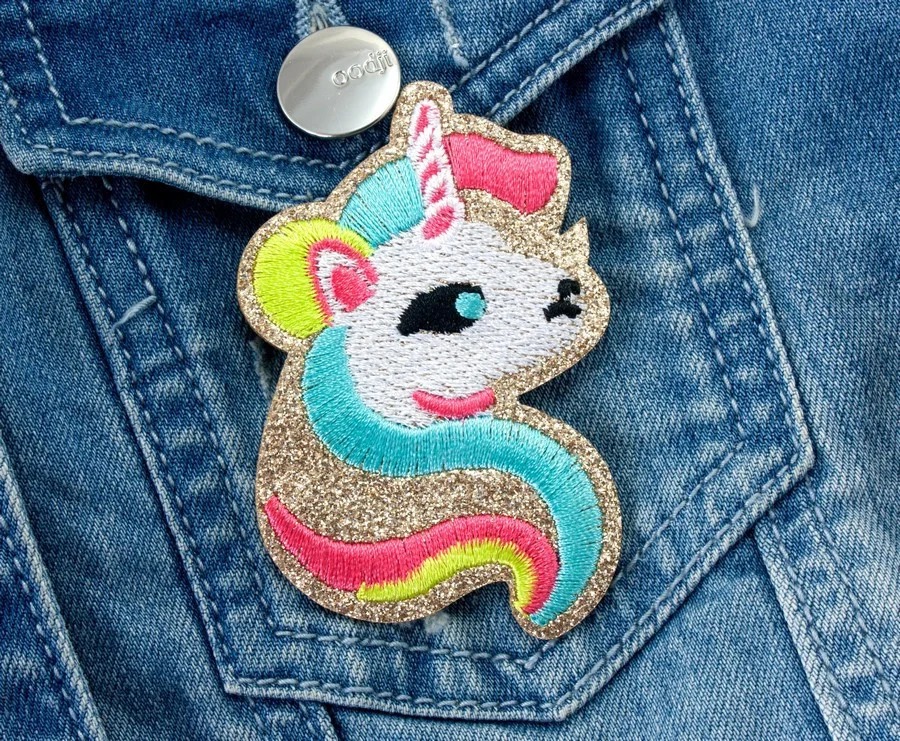
So, you can use:
- Translators of the flex type (flex) - they have a thermal film base and a smooth front surface.
- The phlox version also has a thermal film on the base, and the outer surface has a velvety structure.This option looks especially impressive as a patch on simple items, such as cotton T-shirts.
- A product with increased elasticity has the ability to stretch. Due to this, it is excellent for stretch fabrics.
- With various types of effects, for example, with a volumetric or holographic image, or a surface mottled with glitter.
- Reflectives have a special outer coating that effectively reflects the rays of passing vehicles, which contributes to the greater safety of children. It is for this reason that this kind of reflector should be glued to children's outerwear, for example, a jacket.
- Phosphorescent are able to accumulate enough sunlight during the daytime so that later, with the onset of darkness, they begin to emit it. Thus, such stickers glow clearly enough on a fabric backing in the dark.
Thermal film
It is important to understand that all applications that have a thermal film as a base have the ability to lose their properties to adhere the product to the surface over time. For this reason, do not leave and store them for too long, much less expose them to direct sunlight. After all, ultraviolet light significantly reduces the ability of the glue to adhere tightly to the canvas.

Among the advantages of such an applique is a rather thin image that completely repeats the bends of the fabric, no matter how soft and flowing it may be. It will also last long enough if you do not iron the top again. If you need to iron a thing, it must be done from the wrong side. This is due to the fact that, as a rule, on the outside, the product is a rubberized surface.

Of the shortcomings, it is worth noting surface cracking - it is especially obvious after the fabric is stretched several times. It is for this reason that it is undesirable to attach them to fabrics that stretch too much.

Applique on textile backing
But applications on a textile basis have an inner side, which is covered with non-woven fabric. Such decorations are easily attached to clothes by simply ironing them with an iron. But it is necessary to take into account one feature - over time, it is such applications that have the peculiarity of peeling off. And this is their "weak" side. Although, if you again walk the iron over the surface, it will be fixed, but, unfortunately, not as carefully as initially.

It is important to understand that modern thermal stickers are represented by a wide variety of images. They can be matched to both children's clothes and adult stylish wardrobe items. In any case, they will always be original - the main thing is to maintain the style, color scheme and the appropriateness of the image in a particular situation on a particular thing.

VIDEO: How to glue a thermal sticker on fabric.












